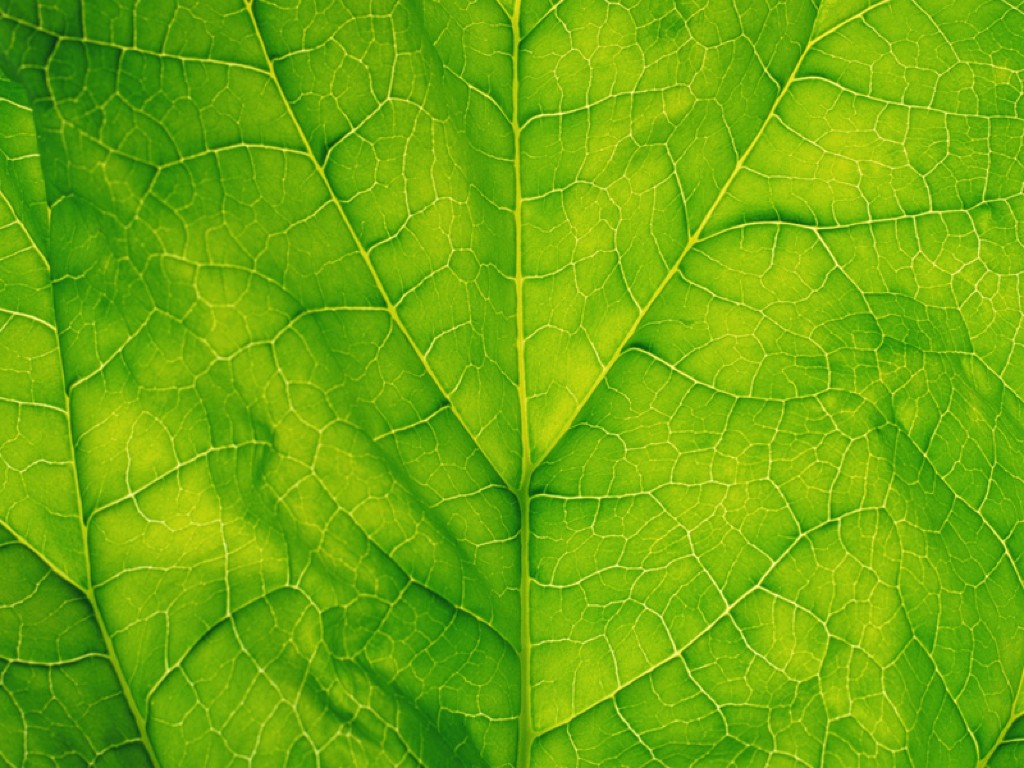Science
Related: About this forumCyber-spinach turns sunlight into sugar
07 MAY 2020
Combination of biological membrane and artificial chemistry could power future synthetic organisms.

There’s a new way to eat carbon dioxide. Researchers have built an artificial version of a chloroplast, the photosynthetic structures inside plant cells. It uses sunlight and a lab-designed chemical pathway to turn CO2 into sugar.
Artificial photosynthesis could be used to drive tiny, non-living, solar-powered factories for churning out therapeutic drugs. And because the new chemical pathway is more efficient than anything nature has evolved, the team hopes that a similar process could some day even help remove CO2 from the atmosphere — although it is not clear if it could be turned into a large-scale, economically feasible operation. The work is published in Science on 7 May1.
Credit: Getty
There’s a new way to eat carbon dioxide. Researchers have built an artificial version of a chloroplast, the photosynthetic structures inside plant cells. It uses sunlight and a lab-designed chemical pathway to turn CO2 into sugar.
Artificial photosynthesis could be used to drive tiny, non-living, solar-powered factories for churning out therapeutic drugs. And because the new chemical pathway is more efficient than anything nature has evolved, the team hopes that a similar process could some day even help remove CO2 from the atmosphere — although it is not clear if it could be turned into a large-scale, economically feasible operation. The work is published in Science on 7 May1.
Nature has evolved six pathways for ‘fixing’ CO2 — turning it into sugar using enzymes that harness solar or chemical energy. In 2016, Tobias Erb, a synthetic biologist at the Max Planck Institute for Terrestrial Microbiology in Marburg, Germany, and his colleagues designed a seventh.2 “We simply used thermodynamic and kinetic considerations to ask if we could rethink CO2 fixation and make it more efficient,” says Erb. They named the pathway the CETCH cycle — a complicated network of enzymes that is 20% more energy efficient than the pathway used in natural forms of photosynthesis.
But it wasn’t clear whether the CETCH cycle would be compatible with the rest of a living cell’s machinery. To explore that possibility, Erb’s colleague Tarryn Miller turned to spinach. She extracted light-harvesting membranes from chloroplasts, the photosynthetic organelles common to all plants, and placed them in a reaction vessel alongside the 16 enzymes of their CETCH cycle. After some tweaking, Erb, Miller and their collaborators found they could get the spinach membranes and their CETCH cycle enzymes to function together.
More:
https://www.nature.com/articles/d41586-020-01396-4